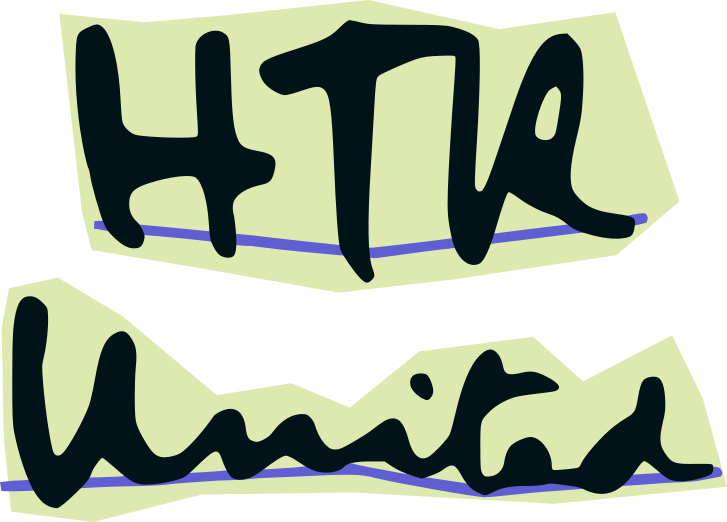

HTR-United + Github Actions
Github Actions are a way to run specific code everytime you change your data. The following form will generate a configuration file to use our 4 tools automatically and ensure both complete compatibility with the HTR-United initiative and high quality data. Some options below will focus on controling the data, your cataloging file or simply automatically updating it with the metrics of your choice !
Étapes de mise en place
(1) Récupérez le contenu, au choix:
(2) Ajoutez le à votre dépôt en l'ajoutant dans le dossier .github/workflows
(3) Ajoutez les badges au fichier README.MD